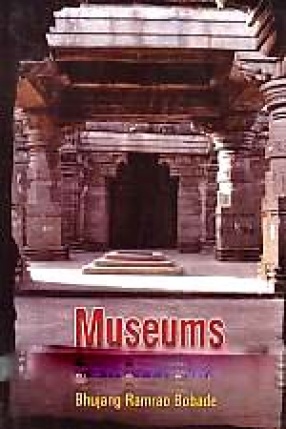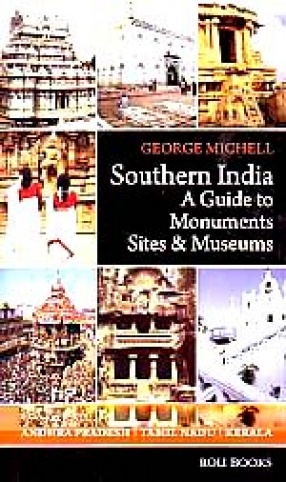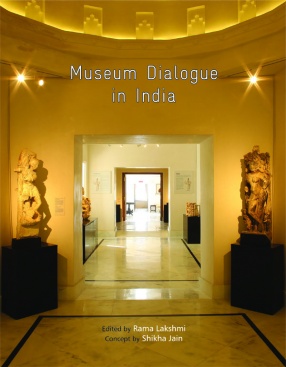
Museum Studies

67 books

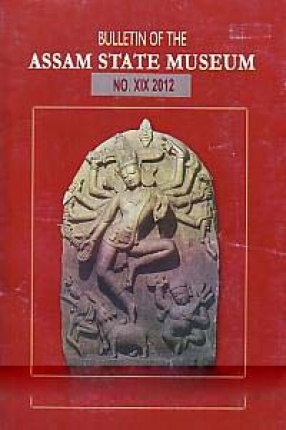
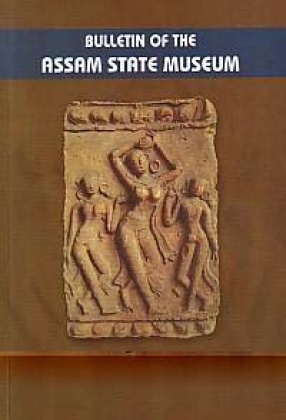
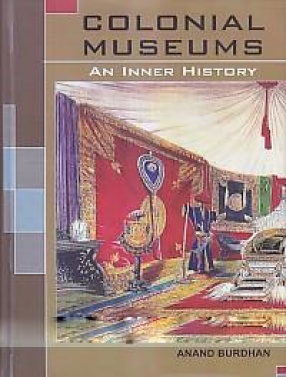
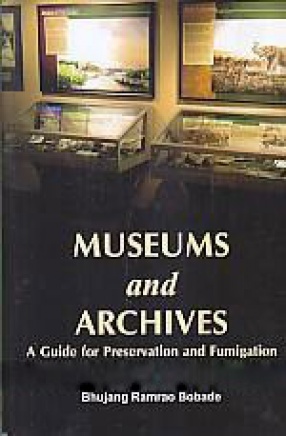
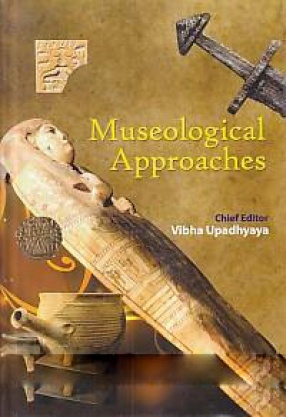
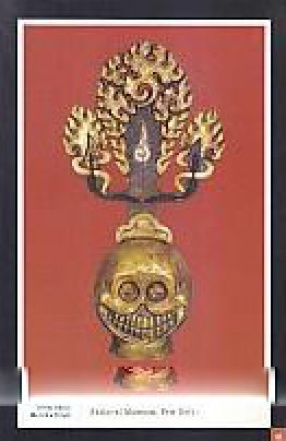
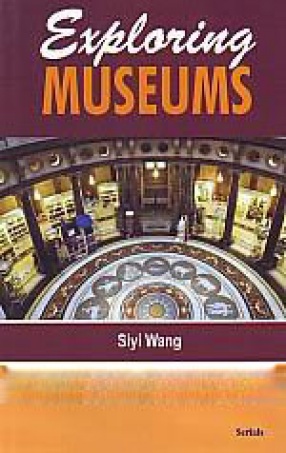
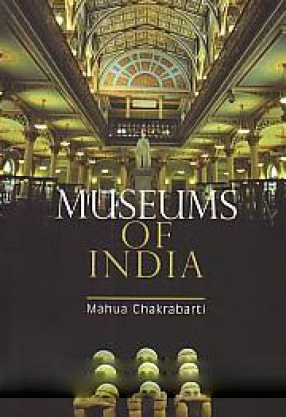
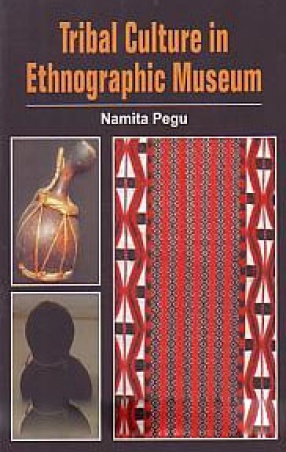
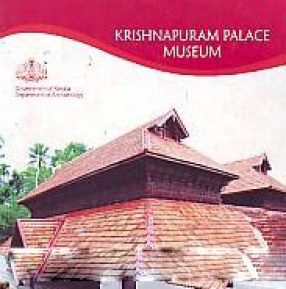
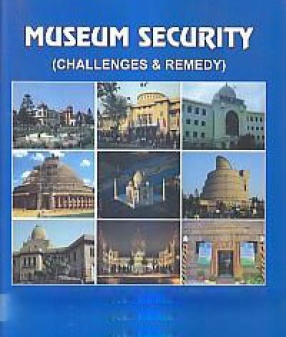
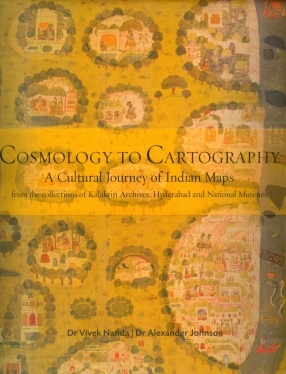

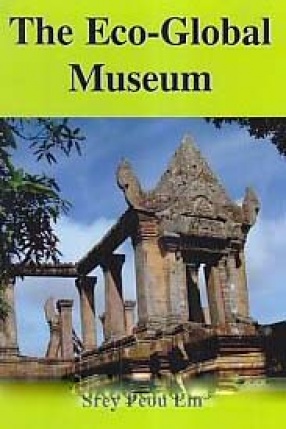
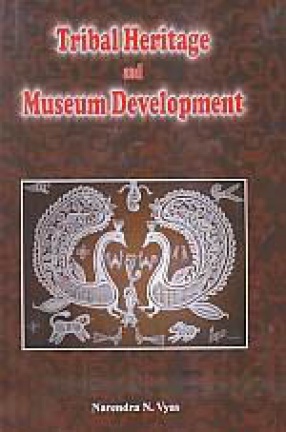

This book is the first-ever compilation of essays by cultural practitioners about the changing and unchanging dynamics of India's museum landscape. The essays highlight Indian cultural institutions' ambitious beginnings, missed opportunities along the way, and the canvas for future imaginings.
At a time when museums in India are undergoing a sea change, this publication provides an invaluable insight into museum design, curatorial narratives, documentation and ...
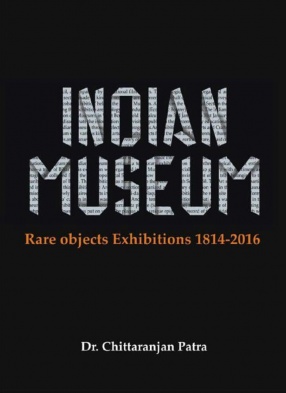
Indian Museum is an offspring of the Asiatic Society of Bengal and owes its birth to Dr. Nathaniel Wallich in the year 1814. This cultural Insititution was established to preserve, exhibit, research and share the cultural heritage in the subcontinent. This monograph deals with the early history of the Indian Museum-the oldest museum in the country, formally know as the Imperial Museum' in the days of British rule in Indian. The main emphasis in the book, das ...
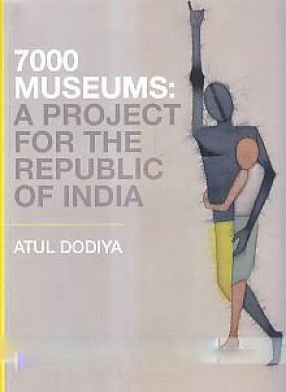







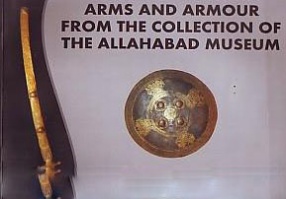
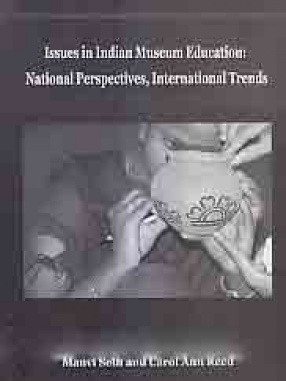

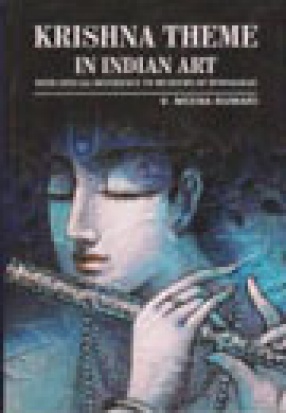
The theme of Krishna held fascination to religionists, philosophers, poets and artists throughout the ages in India. On the Philosophical plane, Krishna is considered the crucial power in the struggle between good and evil. The Yogis considered Sri Krishna to be the absolute truth, the Gopis considered the highest object to love and the warriors as an ideal hero. This idea are expressed in the Bhagavata has made the Krishna worship broad-based. On the popular ...

This book seeks to study the different aspects of tribal culture as showcased in the ethnographic museum. Focusing on six major tribes of Northeast India, it examines the tangible and intangible cultural heritage of Boro, Mising, Rabha, Dimasa, Karbi and Deori tribes. It studies the natural factors that influence their dwelling house, agricultural activities, and craft practices.
Further it discusses how the art and crafts, such as textiles, basketry, pottery, ...



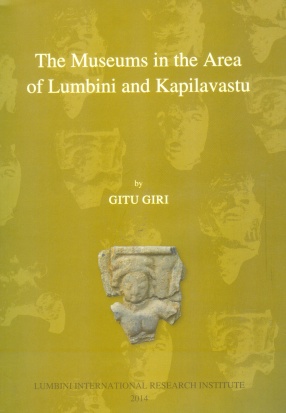
Lumbini, Kapilavastu, Sainamaina and Lumbini Tharu Museums help people to understand and appreciate the natural world, the history of Sakya and Tharu civilizations, and the record of artistic, scientific and technological achievements. Museums collect objects of scientific, aesthetic, or historical importance; care for them; and study, interpret and exhibit them for the purpose of public education and the advancement of knowledge. These museums offer many ...

This volume brings together a range of essays that offer a new perspective on the dynamic history of the museum as a cultural institution in South Asia. It traces the museum from its origin as a tool of colonialism and adoption as a vehicle of sovereignty in the nationalist period, till its role in the present, as it reflects the fissured identities of the post-colonial period.
This work will prove indispensable to scholars, researchers as well as professionals ...


